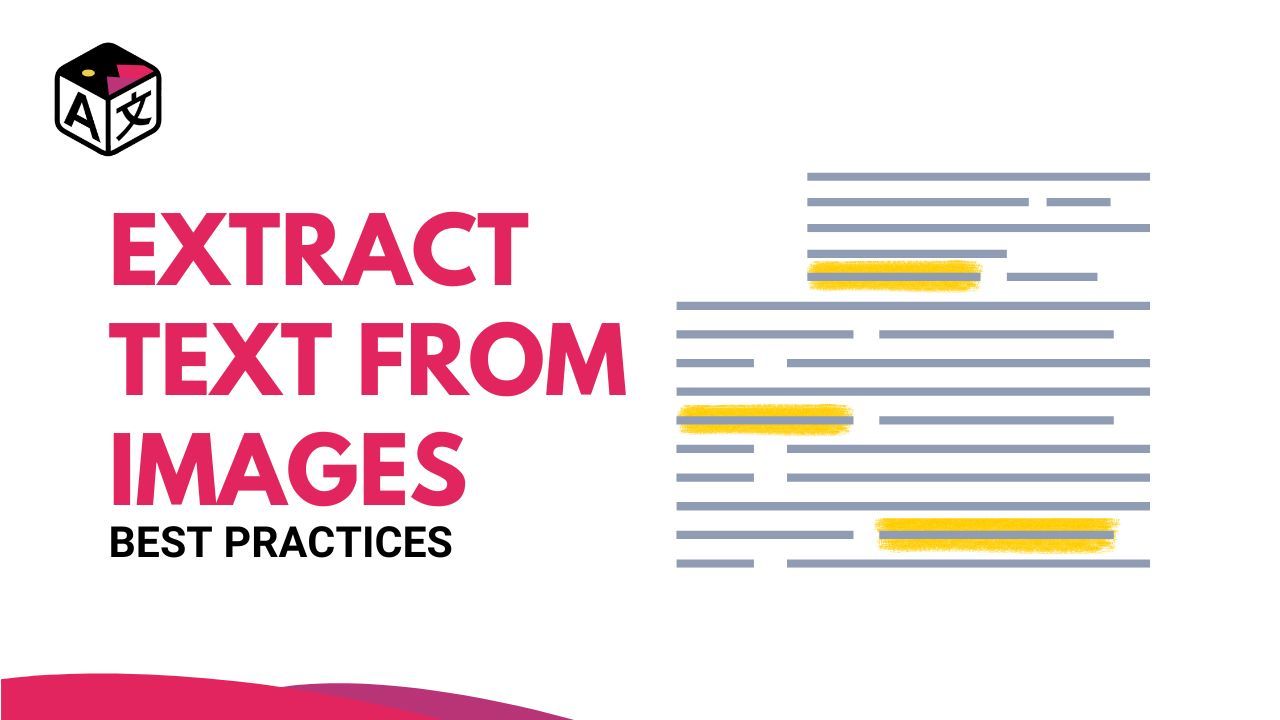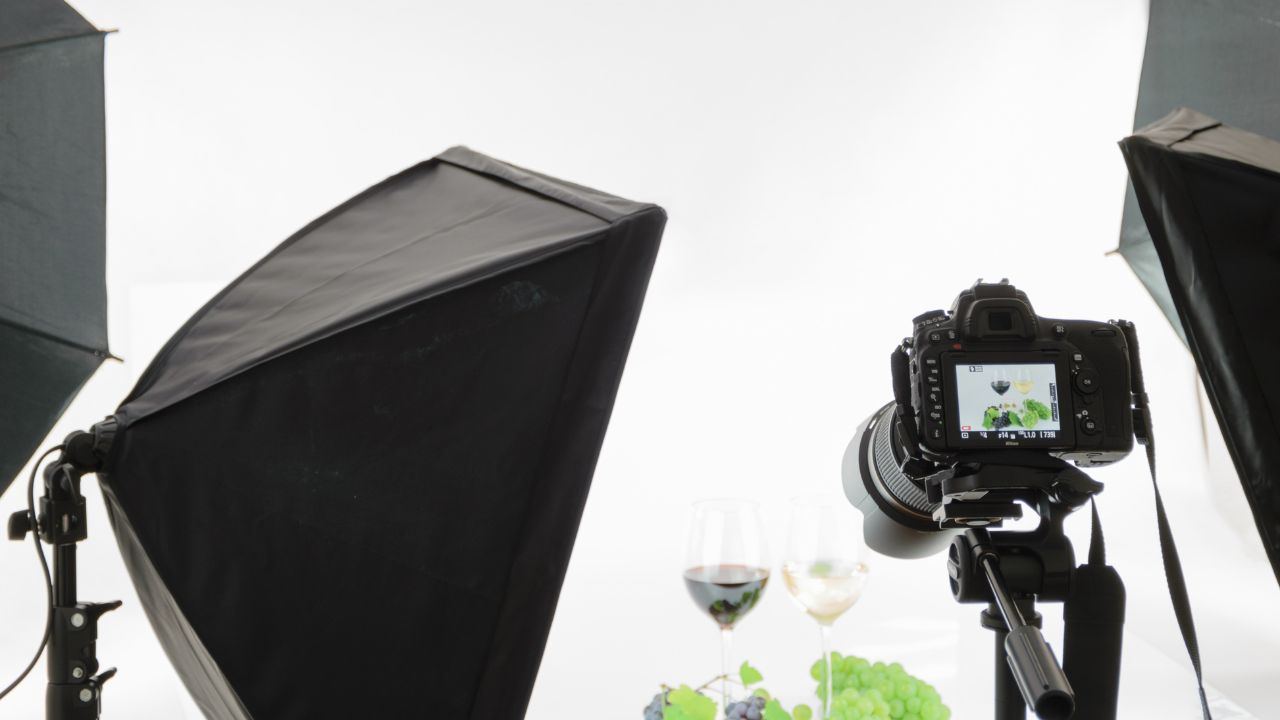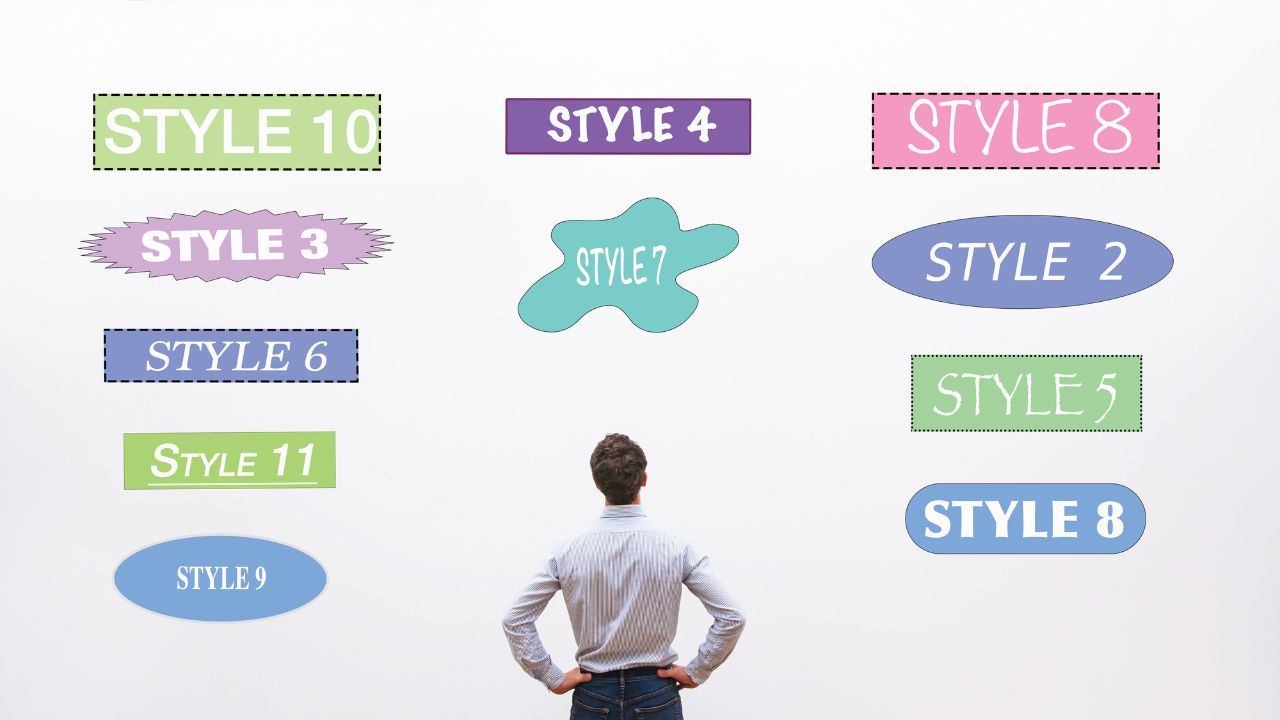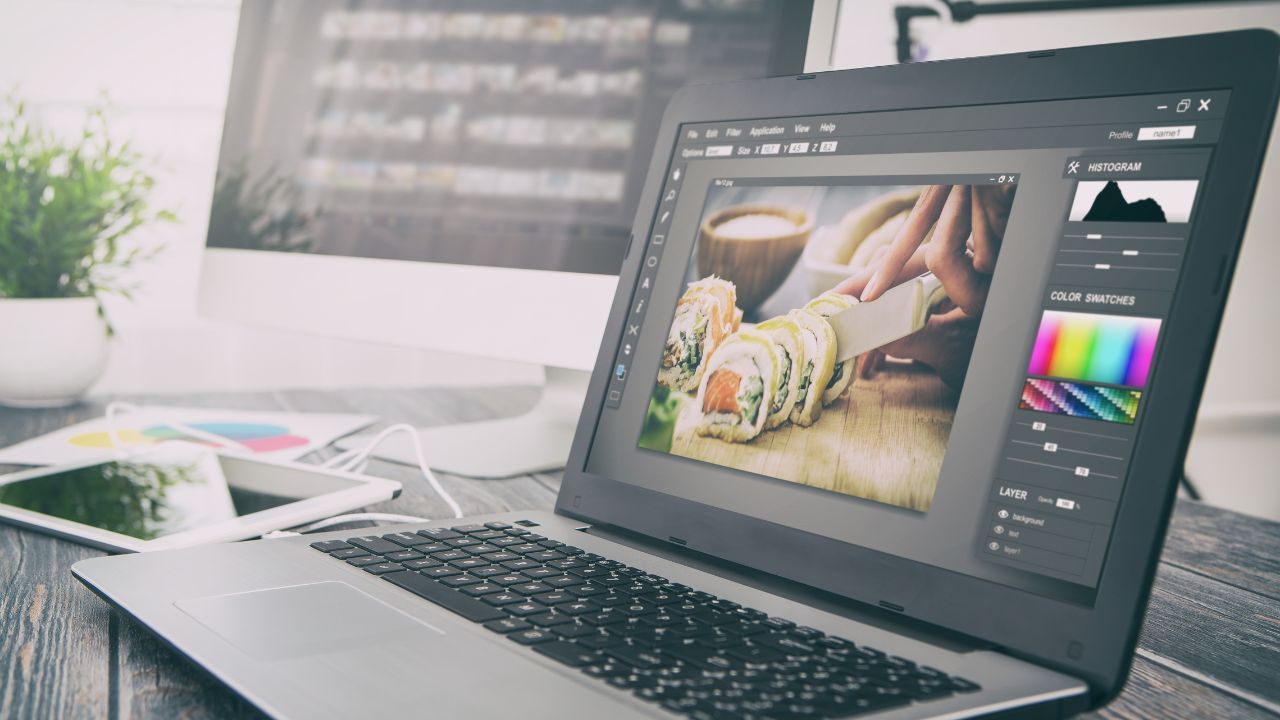Extracting Text from Images for Quick and Seamless Translation: A Comprehensive Guide

In today’s fast-paced, globally connected world, the ability to quickly and accurately translate content from images is no longer just a luxury—it’s a necessity. Whether you’re managing a website, working on product packaging, or translating important documents, the process of extracting text from images can make or break your translation game. Enter the world of ImageTranslate and Optical Character Recognition (OCR) tools, both of which have revolutionized how we approach this task. But there’s more to it than just pointing and clicking—accuracy requires finesse, strategy, and a little bit of know-how.
So, how do you get the best results when extracting text from images for translation? Let’s dive into the best practices that will not only save you time but also ensure your translations are accurate and polished.
It All Starts with Image Quality
Why You Should Care?
Think of the image as the raw material from which everything else flows. The better the quality of your image, the more accurate the text extraction. Blurry, pixelated, or poorly lit images will lead to errors in OCR recognition, which can throw off the entire translation process.

Best Practices
- Always aim for high-resolution images—300 DPI or higher.
- Ensure the text in the image is clear and legible, with good lighting and minimal distortion.
- Avoid taking photos at awkward angles or in dim lighting. If you’re snapping a picture yourself, think of it as a mini photoshoot for your content—light it well!
Why This Matters?
Accurate text extraction is nearly impossible if the image quality is subpar. The clearer the image, the better the OCR can "read" it, which means fewer errors in your translation process. Plus, starting with a good image means less manual correction later.
Keep It Simple
A Clean Background Is Key
Busy backgrounds are the enemy of clear text extraction. OCR tools are designed to focus on text, but when the background is cluttered with graphics, patterns, or even other text, things can get messy fast.

Best Practices
- Choose images with solid, neutral backgrounds that contrast sharply with the text.
- Avoid images where the text is layered over complex patterns or designs.
- If possible, crop out unnecessary background elements before running the image through OCR software.
Why This Matters?
Simple, clean backgrounds allow OCR tools to focus on what matters—your text. If the background is too busy, the software may have trouble distinguishing text from noise, which can lead to errors in extraction and translation. Keep it simple for smooth sailing.
Use Simpler Font
Choose Your Font Wisely for Clear Text Extraction
Sure, we all love a fun, decorative font, but when it comes to extracting text from images, the simpler, the better. OCR tools are designed to recognize standard fonts with clean, distinguishable characters.

Best Practices
- Stick to standard, easy-to-read fonts like Arial, Helvetica, or Times New Roman.
- Avoid overly stylized fonts or cursive handwriting, as these can confuse OCR tools.
- Ensure that the text size is large enough to be easily read by both humans and machines.
Why This Matters?
The more standard and readable the font, the easier it is for OCR software to accurately extract the text. Fancy, intricate fonts may look great for design purposes but can cause major headaches when it comes to text extraction, leading to misreads and errors.
Perfect Alignment
Make Sure Your Text is Straight and Centered
The alignment of the text in your image might seem like a small detail, but it can make a big difference in how well the OCR software performs. Text that’s angled, curved, or otherwise misaligned can result in extraction errors.
Best Practices
- Align the text horizontally for optimal results.
- Avoid images where the text is placed at odd angles or curves.
- Keep text blocks neat and well-spaced to avoid confusion during extraction.
Why This Matters?
Proper alignment ensures that the OCR tool can read the text in a logical, sequential manner. Misaligned text might cause the software to skip words, scramble letters, or even miss entire sections, resulting in incomplete or inaccurate translations.
Preprocessing
A Quick Fix for Better Results
Preprocessing your images before feeding them into an OCR tool can make a world of difference. Sharpening the image, boosting contrast, and cropping unnecessary elements can all help improve the accuracy of text extraction.

Best Practices
- Use image editing software to enhance the clarity and contrast of your image.
- Crop out unnecessary parts of the image to focus on the text.
- If possible, scan documents rather than using a phone camera for the best results.
Why This Matters?
Preprocessing is like giving your image a quick polish before handing it over to the OCR software. The sharper and more focused the image, the fewer errors you’ll encounter during the extraction process. It’s an easy way to boost accuracy without much extra effort.
Choose the Right OCR and Translation Software
The Power of Tools
Not all OCR and translation tools are created equal. While there are plenty of options out there, some tools are better suited to specific tasks. Choosing the right one for your needs can save you a lot of time and frustration.
Best Practices
- Choose an OCR tool that supports the languages you need and offers high accuracy.
- Use an integrated OCR and translation tools like ImageTranslate for seamless workflow.
- Opt for tools that allow you to preview and correct extracted text before translating.
Why This Matters?
The right tool can make or break your translation project. ImageTranslate, for example, combines high-accuracy OCR with seamless translation in one platform, simplifying the process and reducing the chances of errors. You want tools that offer flexibility, accuracy, and ease of use, so choose wisely!
Review the Extracted Text Before Translation
Double-Checking is Always Good
Even the best OCR tools can occasionally make mistakes, especially with complex fonts, languages, or layouts. Always review the extracted text before pushing it through to the translation stage.
Best Practices
- Manually review the extracted text for errors, missing characters, or incorrect interpretations.
- Make necessary corrections before translating to avoid compounding mistakes.
- Use a side-by-side comparison feature, if available, to ensure the original text matches the extracted version.
Why This Matters?
The more accurate your extracted text, the more accurate your translation will be. Skipping this step can lead to misinterpretations that may not be obvious until the translation is complete. Taking a few extra minutes to review the text can save you hours of correction work down the road.
Preserving the Layout
Why It Matters and How to Do It
When you’re translating text from images, maintaining the original layout and design is often just as important as the words themselves. For things like product packaging, brochures, or infographics, the format plays a huge role in how the information is conveyed.
Best Practices
- Use a tool like ImageTranslate that keeps the original layout intact while translating text.
- Ensure that any formatting, fonts, and design elements are preserved during the extraction and translation process.
- Test the final translated image to ensure readability and accuracy.
Why This Matters?
Preserving the layout is crucial for maintaining the integrity of your translated content. Tools like ImageTranslate excel in this area, allowing you to translate text without compromising the design of the original image. It’s perfect for professional use cases where layout matters just as much as content.
Language Nuances
Tailoring Your Extraction for Different Languages
Different languages come with unique challenges when it comes to text extraction and translation. From non-Latin scripts to languages with complex characters or accents, it’s essential to choose an OCR tool that can handle these nuances.
Best Practices
- Ensure your OCR tool supports the language you’re working with, especially for non-Latin scripts like Chinese, Arabic, or Hindi.
- Double-check the extracted text for any language-specific errors, such as missing diacritical marks.
- Use translation tools that are specifically designed to handle the language in question.
Why This Matters?
Languages with unique characters require specialized support to ensure accurate extraction and translation. Misreading a single accent or character can change the entire meaning of a sentence, so it’s important to use tools that cater to the specific language you’re working with.
Stay Ahead of the Curve
Keep Up with Technology
The world of OCR and translation technology is always evolving, and keeping up with the latest advancements can help you stay ahead of the game. New features, improved accuracy, and more user-friendly interfaces are constantly being developed.
Best Practices
- Regularly explore new OCR and translation tools to see if there’s something better suited to your needs.
- Take advantage of updates and new features in your existing tools, like ImageTranslate, which continues to innovate.
- Stay informed about new trends and technologies in the OCR and translation space.
Why This Matters?
Technology is always improving, and staying informed ensures that you’re using the best tools available. Better tools mean better accuracy, faster workflows, and fewer errors—so it’s worth the effort to stay ahead of the curve.
Extracting text from images for accurate translation doesn’t have to be a daunting task. By following these best practices—using high-quality images, choosing clear fonts, preprocessing your images, and leveraging tools like ImageTranslate—you can streamline the process and achieve top-notch results. Whether you’re translating for personal use or professional projects, these steps will help you extract text with precision and translate it without losing context, meaning, or design integrity.
Ready to master image translation? Start practicing these tips today, and you’ll be amazed at how smooth the process can be!

